Why Are Grains Unhealthy??
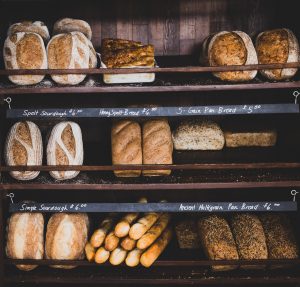 Are grains unhealthy? The answer is not as simple as it seems. There are all types of grains and a variety of methods to process them. Not all grains are created equally. Whole grains are not the same as refined grains when it comes to nutrition. Whole grains contain all the nutrients of the bran, germ and endosperm. The bran is the outer layer of the grain that has minerals, antioxidants and fiber. The germ has the most nutrition with protein, fats, phytonutrients and antioxidants. The endosperm, which is the biggest bulk of the grain, is just starchy carbs and a tiny amount of protein. Refined grains only contain the endosperm and none of the nutritious content of the bran and germ.
Are grains unhealthy? The answer is not as simple as it seems. There are all types of grains and a variety of methods to process them. Not all grains are created equally. Whole grains are not the same as refined grains when it comes to nutrition. Whole grains contain all the nutrients of the bran, germ and endosperm. The bran is the outer layer of the grain that has minerals, antioxidants and fiber. The germ has the most nutrition with protein, fats, phytonutrients and antioxidants. The endosperm, which is the biggest bulk of the grain, is just starchy carbs and a tiny amount of protein. Refined grains only contain the endosperm and none of the nutritious content of the bran and germ.
Grains can be difficult to digest because of the complex protein they contain.
While whole grains are more nutritious than processed grains, they also can contain gluten. You’ve probably heard of gluten and gluten intolerance. Gluten is a combination of two proteins that makes it difficult for the body to digest and causes inflammation, with potential damage to the intestines and trigger an autoimmune response. Gluten is in both whole grains and processed grains. Due to agricultural changes to increase production, gluten has increased in grains in the last few decades.
Grains can affect your body’s digestion.
In order to digest food, the brain sends enzymes, which are the body’s messenger or catalysts that start that process. Without those enzymes, digestion simply won’t occur. Grains are seeds. Mother Nature has a beautiful plan. Built into each seed are enzyme inhibitors that prevent plants from sprouting until all conditions are right. For instance, seeds are transported by birds and pass through their system to be planted when they defecate. Sprouting inside the bird would be the death of the potential plant. While the enzyme inhibitors are good for the seed, they’re bad for your system and can impede digestion.
Grains contain phytic acid.
Phytic acid occurs naturally in seeds and grains are seeds. It affects the absorption of zinc, iron and calcium in the body and is often considered an anti-nutrient, since it can cause deficiencies. Consider the effects of lowered intake of calcium, iron, zinc, magnesium and even reduce the production of digestive enzymes that help break down protein, such as pepsin, amylase and trypsin. While whole grains may have higher levels of nutrients than processed grains, it also has higher levels of phytic acid.
- Processing methods can lower the amount of phytic acid in seeds and grains and make them easier to digest.. Soaking, fermenting and sprouting can help reduce the amount of phytic acid in grains. Sour dough bread is an example of fermenting.
- The more gluten the grain contains, the harder it is to digest. Wheat and all the forms of wheat like spelt, farina, wheat berries and graham are at the top of the list, followed by rye, barley, triticale, malt and brewer’s yeast.
- If you think that you have problems digesting grains, try an elimination diet. Elimination diets are the gold standard for finding allergies, food sensitivities and food intolerances.
- Avoiding grains can help with weight loss, lower inflammation, improve your microbiome, improve your cholesterol and improve nutritional uptake. However, they’re a good source of fiber and many nutrients.
For more information, contact us today at Habitat Health & Fitness

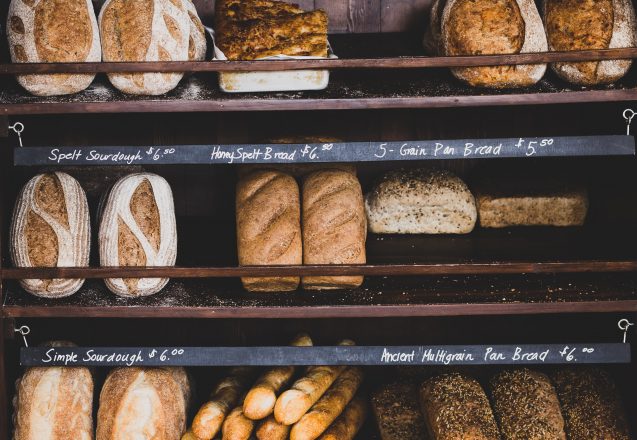
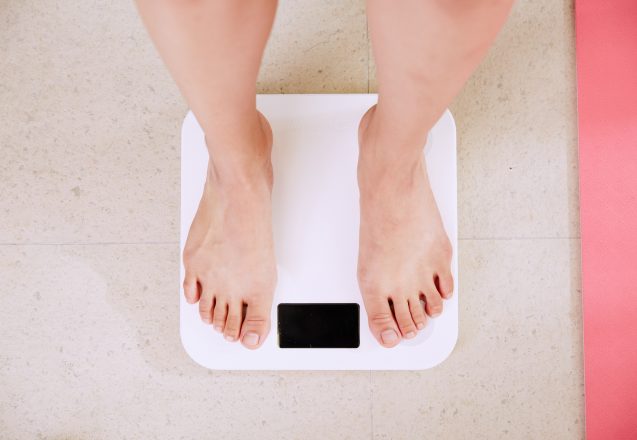
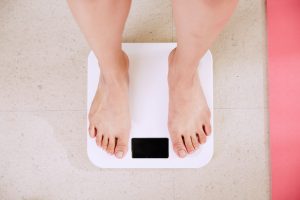 If you’ve ever reached a point that seemed no matter what you did, your weight wouldn’t budge, you’ve reached a plateau. That’s one of the most common problems people face when they’re trying to lose weight and often a reason people come to Habitat for Health and Fitness in Lakeland, FL. Not every plateau is the same. In some cases, you may not be losing weight, but are making progress. You may be replacing fat tissue with muscle tissue. Muscle tissue is denser and weighs more per cubic inch than fat tissue does, so you’re actually losing inches and look thinner, which is the ultimate goal of weight loss.
If you’ve ever reached a point that seemed no matter what you did, your weight wouldn’t budge, you’ve reached a plateau. That’s one of the most common problems people face when they’re trying to lose weight and often a reason people come to Habitat for Health and Fitness in Lakeland, FL. Not every plateau is the same. In some cases, you may not be losing weight, but are making progress. You may be replacing fat tissue with muscle tissue. Muscle tissue is denser and weighs more per cubic inch than fat tissue does, so you’re actually losing inches and look thinner, which is the ultimate goal of weight loss.
 It’s not always easy for parents with small children to come to Habitat for Health and Fitness in Lakeland, Florida, every day or other day. That’s when home workouts, especially those short enough to be done during nap time, can be a huge benefit to fill in the gaps. Some workouts are only a few minutes of intense exercise and others last longer. Depending on how long nap time lasts, choose one that fits in your schedule. You’ll feel revitalized and ready to go when you get your workout in for the day.
It’s not always easy for parents with small children to come to Habitat for Health and Fitness in Lakeland, Florida, every day or other day. That’s when home workouts, especially those short enough to be done during nap time, can be a huge benefit to fill in the gaps. Some workouts are only a few minutes of intense exercise and others last longer. Depending on how long nap time lasts, choose one that fits in your schedule. You’ll feel revitalized and ready to go when you get your workout in for the day.
 Lots of clients at Habitat Health and Fitness tell me how good they feel after a workout. They note that not only do they feel like they have more energy, they feel less stressed and happier. There’s a reason for that. Exercise helps burn off the negative stress hormones that affect your body throughout the day and keep you with the feeling of a knot in your stomach. But there are other ways fitness helps with mental health and studies that show the positive effect.
Lots of clients at Habitat Health and Fitness tell me how good they feel after a workout. They note that not only do they feel like they have more energy, they feel less stressed and happier. There’s a reason for that. Exercise helps burn off the negative stress hormones that affect your body throughout the day and keep you with the feeling of a knot in your stomach. But there are other ways fitness helps with mental health and studies that show the positive effect.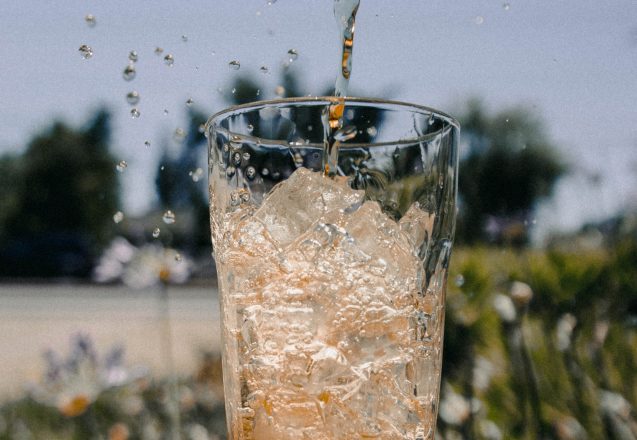
 Many of my clients start out just wanting to get fit and end up wanting to develop that beach body everyone envies. It’s all part of feeling good about yourself when you start to see results. I’ve heard some crazy ideas about what to eat when bulking up, which even extend to some fallacies about using snack foods to help put on weight or soda. Everyone has different builds and metabolisms, but one thing is certain, if you’re human, your body is constantly changing with every change you make and year you add. My advice to those who want more bulk, “Remember, what you do today will affect your tomorrow.”
Many of my clients start out just wanting to get fit and end up wanting to develop that beach body everyone envies. It’s all part of feeling good about yourself when you start to see results. I’ve heard some crazy ideas about what to eat when bulking up, which even extend to some fallacies about using snack foods to help put on weight or soda. Everyone has different builds and metabolisms, but one thing is certain, if you’re human, your body is constantly changing with every change you make and year you add. My advice to those who want more bulk, “Remember, what you do today will affect your tomorrow.”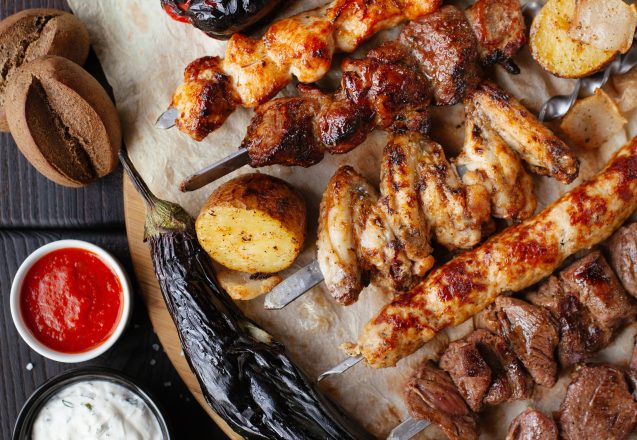
 I hear all sorts of buzz about different types of diets at Habitat Health and Fitness in Winter Haven, FL. One of the more popular ones is the Paleolithic Diet. It’s a diet that would have us eat like our cavemen ancestors in the Paleolithic Era. That era was before man learned to farm, and is thought to be a more natural match genetically than today’s diet.
I hear all sorts of buzz about different types of diets at Habitat Health and Fitness in Winter Haven, FL. One of the more popular ones is the Paleolithic Diet. It’s a diet that would have us eat like our cavemen ancestors in the Paleolithic Era. That era was before man learned to farm, and is thought to be a more natural match genetically than today’s diet.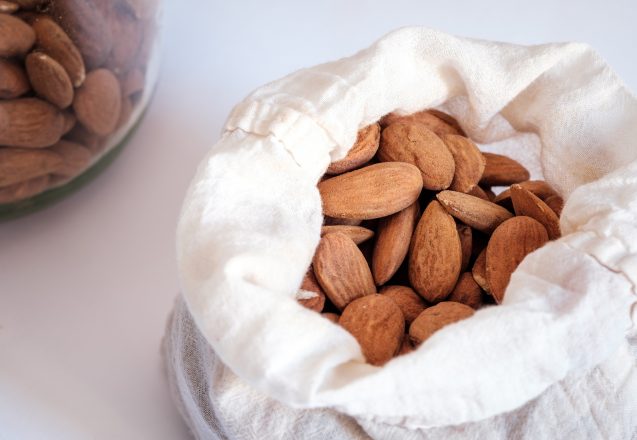
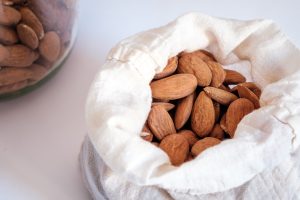 Clients in Lakeland, Florida say that road trips often throw off their healthy eating and exercise program. There are several ways to combat that problem. For exercise, stop every hour or two and simply walk or even do simple exercises. Plan the trip ahead to make stops at places that offer healthy food and take healthy snacks for the car. In fact, you might even map out a grocery or farmer’s market along the way. Preparing ahead of time is important. Snacks can help prevent you from overeating and making desperation stops at fast food chains.
Clients in Lakeland, Florida say that road trips often throw off their healthy eating and exercise program. There are several ways to combat that problem. For exercise, stop every hour or two and simply walk or even do simple exercises. Plan the trip ahead to make stops at places that offer healthy food and take healthy snacks for the car. In fact, you might even map out a grocery or farmer’s market along the way. Preparing ahead of time is important. Snacks can help prevent you from overeating and making desperation stops at fast food chains.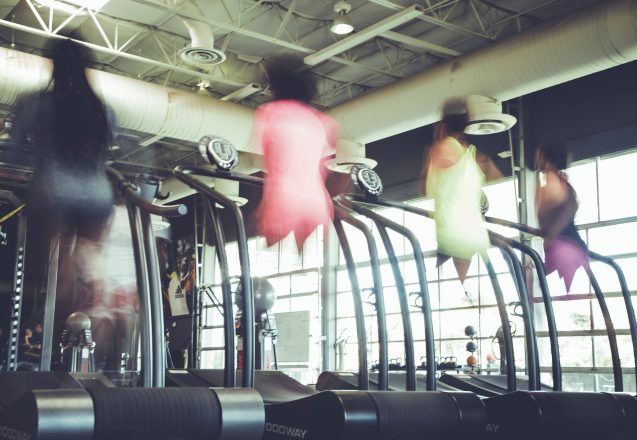
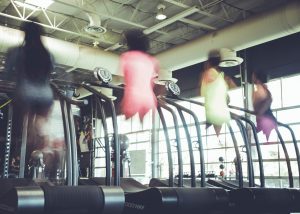 Will you get faster results if you workout every day? It all depends on what you consider a workout. If you’re lifting weights every day, STOP! You’ll actually be losing ground rather than gaining it. When you lift weights or do strength building exercises, it makes micro tears in the muscle that need time to heal. When they heal, they get bigger and stronger. If you don’t give that time to heal, which means you won’t get stronger and often go backward, getting weaker in the process.
Will you get faster results if you workout every day? It all depends on what you consider a workout. If you’re lifting weights every day, STOP! You’ll actually be losing ground rather than gaining it. When you lift weights or do strength building exercises, it makes micro tears in the muscle that need time to heal. When they heal, they get bigger and stronger. If you don’t give that time to heal, which means you won’t get stronger and often go backward, getting weaker in the process.
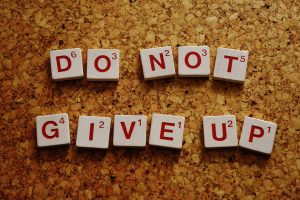 People who come to Habitat Fit in Lakeland, Florida, know the importance of regular exercise. It’s a keystone to fitness, right along with a healthy diet. It isn’t healthy to workout hard once every month or so and remain inactive the rest of the time. For good health, any exercise, irregular or not, is better than doing nothing at all. However, to reach your fitness goal, you need consistency.
People who come to Habitat Fit in Lakeland, Florida, know the importance of regular exercise. It’s a keystone to fitness, right along with a healthy diet. It isn’t healthy to workout hard once every month or so and remain inactive the rest of the time. For good health, any exercise, irregular or not, is better than doing nothing at all. However, to reach your fitness goal, you need consistency.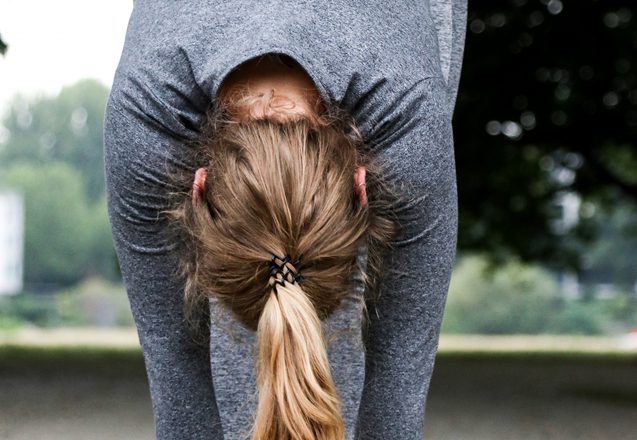
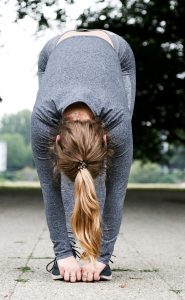 If you’ve made it your new goal to get fit, you probably want to find the best possible program to achieve that goal. Finding workouts for beginners can help solve that problem, but you still have to identify how much you should push yourself and how many repetitions to do. It’s one reason people love having the services of a personal trainer, to help them through that phase of exercise. However, if you’re working out on your own, don’t push yourself too much the first few days. Spend more time focusing on the right form than how much you can lift, how long you can workout and how many reps you can do. You’ll be glad you did.
If you’ve made it your new goal to get fit, you probably want to find the best possible program to achieve that goal. Finding workouts for beginners can help solve that problem, but you still have to identify how much you should push yourself and how many repetitions to do. It’s one reason people love having the services of a personal trainer, to help them through that phase of exercise. However, if you’re working out on your own, don’t push yourself too much the first few days. Spend more time focusing on the right form than how much you can lift, how long you can workout and how many reps you can do. You’ll be glad you did.